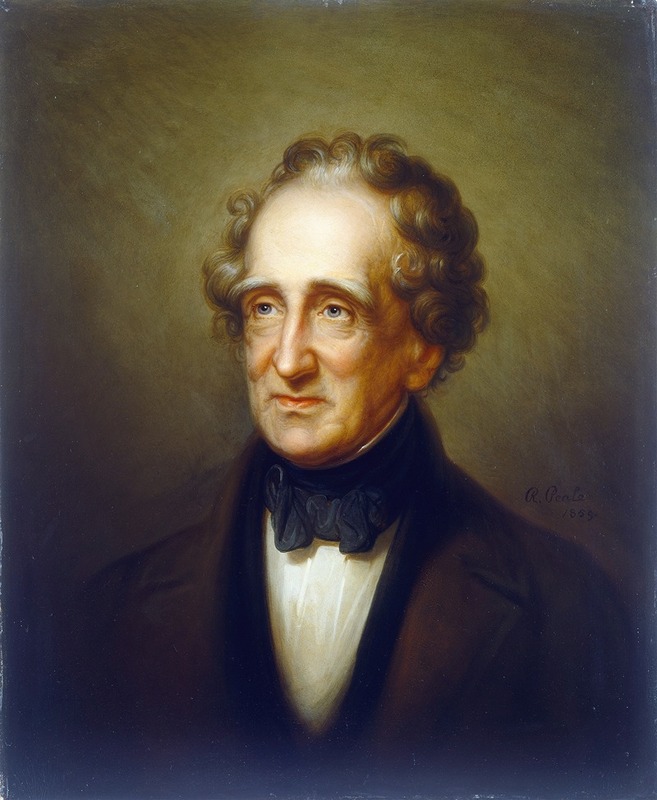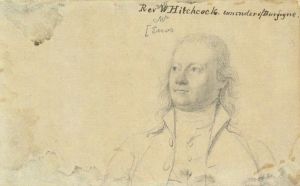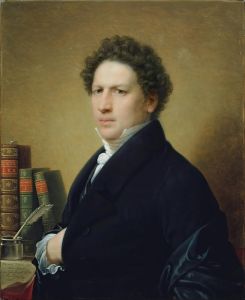
Rembrandt Peale
A hand-painted replica of Thomas Sully’s masterpiece Rembrandt Peale, meticulously crafted by professional artists to capture the true essence of the original. Each piece is created with museum-quality canvas and rare mineral pigments, carefully painted by experienced artists with delicate brushstrokes and rich, layered colors to perfectly recreate the texture of the original artwork. Unlike machine-printed reproductions, this hand-painted version brings the painting to life, infused with the artist’s emotions and skill in every stroke. Whether for personal collection or home decoration, it instantly elevates the artistic atmosphere of any space.
Thomas Sully was a prominent American portrait painter in the 19th century, known for his refined style and ability to capture the character of his subjects. One of his notable works is the portrait of Rembrandt Peale, another distinguished American artist of the same era. This painting is a significant piece as it represents the intersection of two influential figures in American art history.
Rembrandt Peale, born in 1778, was a member of the Peale family, a dynasty of painters and naturalists. He was the son of Charles Willson Peale, a renowned painter and museum founder. Rembrandt Peale followed in his father's footsteps, becoming a respected portraitist and contributing to the family's legacy in the arts. He is best known for his portraits of prominent figures, including Thomas Jefferson and George Washington.
Thomas Sully, born in 1783 in England, emigrated to the United States with his family in 1792. He became one of the leading portrait painters in America, with a career spanning over seven decades. Sully was known for his elegant and romantic style, often compared to that of the English portraitist Thomas Lawrence. His works include portraits of notable figures such as Queen Victoria, Thomas Jefferson, and the Marquis de Lafayette.
The portrait of Rembrandt Peale by Thomas Sully is a testament to the mutual respect and admiration between two artists who were contemporaries and, at times, competitors. The painting captures Peale with a sense of dignity and introspection, reflecting Sully's skill in portraying the inner character of his subjects. The work is characterized by Sully's typical use of soft, blended brushstrokes and a warm color palette, which imbues the portrait with a sense of vitality and presence.
This portrait not only serves as a representation of Rembrandt Peale but also as a historical document that highlights the artistic milieu of early 19th-century America. During this period, American art was beginning to establish its own identity, moving away from European influences and developing a distinct style. Artists like Sully and Peale were at the forefront of this movement, contributing to the cultural landscape of the young nation.
The painting is part of the collection of the Pennsylvania Academy of the Fine Arts, an institution that both Sully and Peale were associated with during their careers. The Academy played a crucial role in the development of American art, providing a platform for artists to exhibit their work and engage with the public.
In summary, the portrait of Rembrandt Peale by Thomas Sully is more than just a depiction of an individual; it is a reflection of the artistic collaboration and mutual respect between two significant figures in American art history. The painting remains an important piece in understanding the evolution of portraiture in the United States and the contributions of artists like Sully and Peale to the cultural heritage of the nation.


















